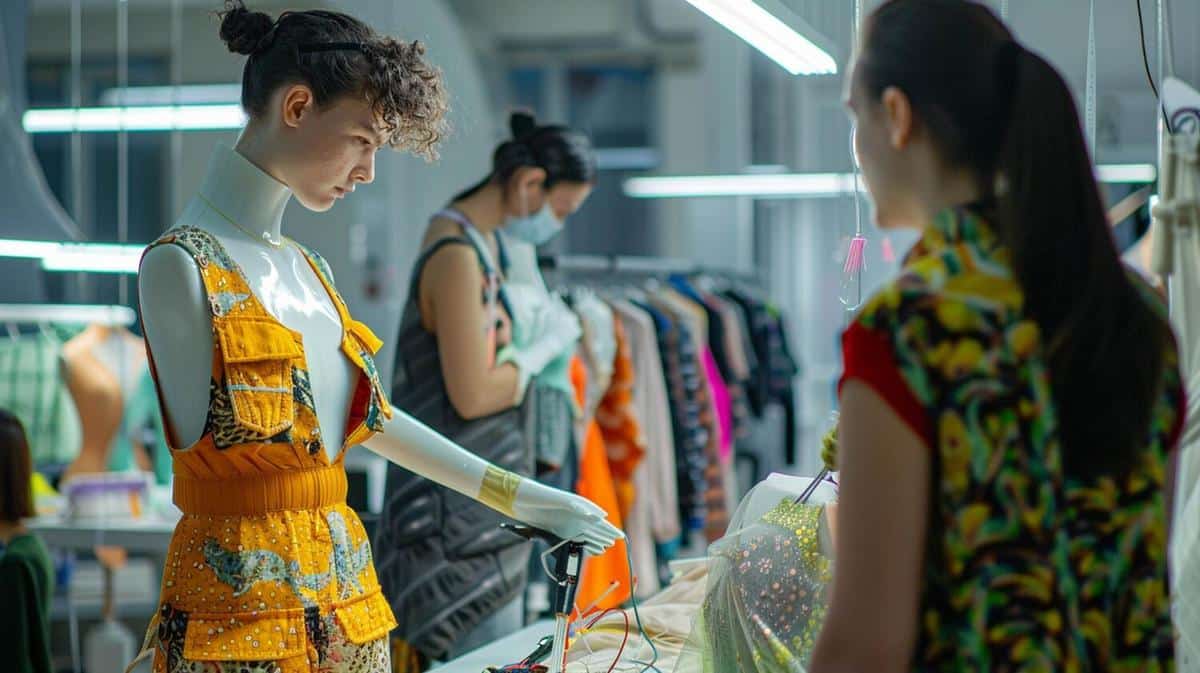
Circular Fashion: Trends and Innovations in Textile Recycling
Circular fashion is reshaping the textile industry by fostering sustainability through innovative recycling practices. This approach not only reduces waste but also extends the lifecycle of materials, making it a pivotal trend in sustainable fashion.
The concept of circular fashion is gaining traction as the fashion industry seeks to reduce its environmental impact. Unlike traditional linear models, circular fashion emphasizes the reuse, recycling, and regeneration of textiles. This shift is driven by both consumer demand for sustainable options and the pressing need to address waste in the fashion sector.
Trends in Textile Recycling
Textile recycling is at the heart of circular fashion. Innovations such as fabric-to-fabric recycling, chemical recycling, and the use of biodegradable materials are transforming the industry. According to a report by the Ellen MacArthur Foundation, embracing circular models could unlock substantial economic opportunities, projecting a market value of over $500 billion annually.
Expert Insights
Dr. Lucy Jones, a sustainability expert, notes, “Circular fashion is not just a trend but a necessary evolution for the industry. By adopting innovative recycling techniques, brands can significantly reduce their carbon footprint.”
Innovations in Sustainable Materials
As brands innovate, materials like recycled polyester and organic cotton are becoming popular. Companies are also exploring new fibers made from agricultural waste or recycled plastic bottles. These advancements not only reduce reliance on virgin resources but also promote a more sustainable production cycle.
| Material | Source | Environmental Benefit |
|---|---|---|
| Recycled Polyester | Plastic Bottles | Reduces landfill waste |
| Organic Cotton | Farms | Uses less water and pesticides |
| Tencel | Wood Pulp | Biodegradable |
| Piñatex | Pineapple Leaves | Utilizes agricultural waste |
| Econyl | Recycled Nylon | Reduces ocean waste |
| Hemp | Hemp Plants | Low water usage |
| Bamboo | Bamboo Plants | Fast-growing and renewable |
| Lyocell | Wood Pulp | Sustainable production process |
Actionable Tips for Embracing Circular Fashion
- Prioritize purchasing clothing from brands that value sustainability and transparency.
- Participate in clothing swaps or second-hand shopping to reduce demand for new garments.
- Take care of your clothing by following proper care instructions to extend their lifespan.
- Support innovations by investing in brands that use recycled or sustainable materials.
FAQs on Circular Fashion
What is circular fashion?
Circular fashion focuses on creating systems where clothing is reused, recycled, or regenerated instead of being discarded.
How can I contribute to circular fashion?
By buying sustainable brands, recycling old clothes, and supporting innovative materials, you can help promote circular fashion.
Are there any benefits to recycled textiles?
Yes, recycled textiles reduce waste, lower resource consumption, and often have a smaller carbon footprint than new materials.
Conclusion
Circular fashion presents a promising future for the textile industry by emphasizing sustainability and innovation. By understanding and embracing these concepts, we can collectively drive change towards a more sustainable future. Explore the resources available and consider how you can integrate circular practices into your wardrobe and lifestyle.


